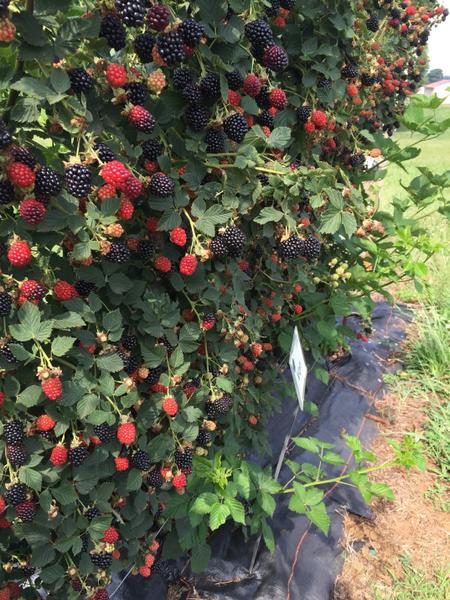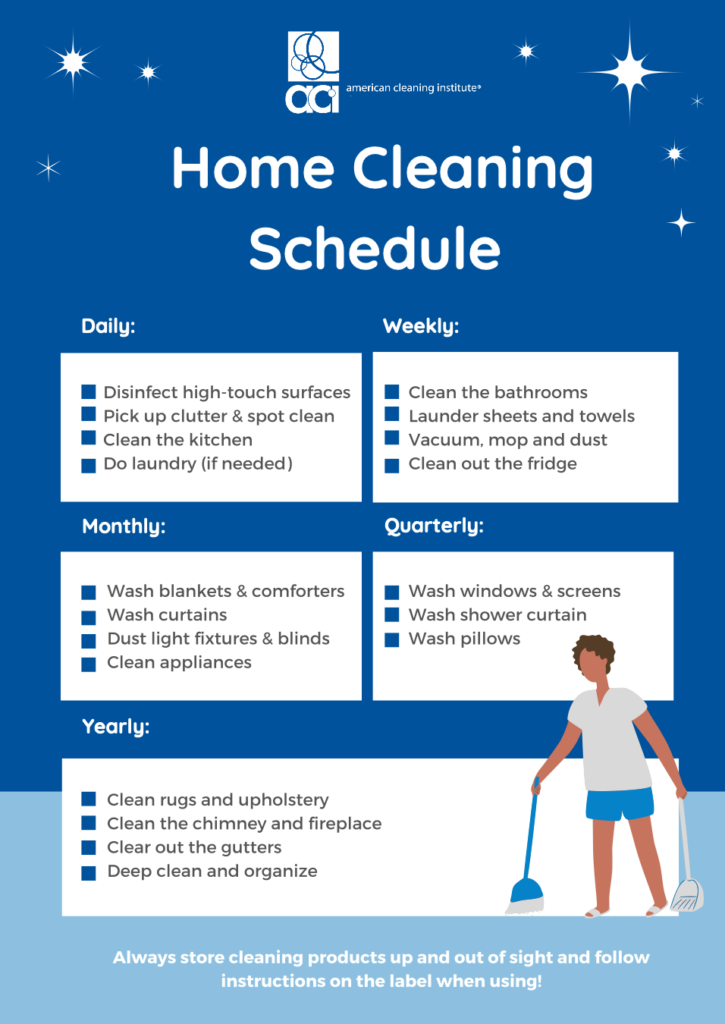Home Insteading With Cooperative Extension (Week 46)
go.ncsu.edu/readext?771329
en Español / em Português
El inglés es el idioma de control de esta página. En la medida en que haya algún conflicto entre la traducción al inglés y la traducción, el inglés prevalece.
Al hacer clic en el enlace de traducción se activa un servicio de traducción gratuito para convertir la página al español. Al igual que con cualquier traducción por Internet, la conversión no es sensible al contexto y puede que no traduzca el texto en su significado original. NC State Extension no garantiza la exactitud del texto traducido. Por favor, tenga en cuenta que algunas aplicaciones y/o servicios pueden no funcionar como se espera cuando se traducen.
Português
Inglês é o idioma de controle desta página. Na medida que haja algum conflito entre o texto original em Inglês e a tradução, o Inglês prevalece.
Ao clicar no link de tradução, um serviço gratuito de tradução será ativado para converter a página para o Português. Como em qualquer tradução pela internet, a conversão não é sensivel ao contexto e pode não ocorrer a tradução para o significado orginal. O serviço de Extensão da Carolina do Norte (NC State Extension) não garante a exatidão do texto traduzido. Por favor, observe que algumas funções ou serviços podem não funcionar como esperado após a tradução.
English
English is the controlling language of this page. To the extent there is any conflict between the English text and the translation, English controls.
Clicking on the translation link activates a free translation service to convert the page to Spanish. As with any Internet translation, the conversion is not context-sensitive and may not translate the text to its original meaning. NC State Extension does not guarantee the accuracy of the translated text. Please note that some applications and/or services may not function as expected when translated.
Collapse ▲Blackberries for the Home Garden
Horticulture at Home
Katy Shook, Area Horticulture Agent
Small fruits are popular additions to the home garden. Blackberries, in particular, are productive and well suited for homeowners in most regions of North Carolina. Breeding programs have released a number of thornless varieties that are large, taste great, and because they have no thorns, are much easier to harvest than berries found in the wild. In addition, studies have shown that this fruit can help fight cancer, decrease cardiovascular disease, and slow down brain aging. Best of all, one blackberry plant can easily supply up to 10 pounds of delicious berries each year.
Prepare an easy-to-access location for your blackberries. Blackberries need full sun and plenty of room to grow. The soil should be a well-drained sandy loam soil with a pH of 5.5 to 6.5. A soil high in organic matter is beneficial under non-irrigated conditions. If the soil is not well drained, establish the plants in a raised bed. Erect and semi-trailing blackberry plants should be planted about 3 to 4 feet apart. They can be planted in the early spring several weeks before the last frost. Each plant can produce 10 to 20 pounds of fruit, so four to six plants will easily produce ample berries for a family of four.
Support the canes with a trellis. Erect and semi-trailing types perform well using a two-wire system with wires at 3 and 5 feet from the ground. Once the canes have reached the top wire, remove the tips to encourage branching. The fruit is ripe and at its peak sweetness when it is a dull black color. Pick fruits that are shiny black if you need to store them in your refrigerator. They won’t be as sweet, but they will last longer. Harvest will continue for three or more weeks, depending on variety.
Good horticultural practices can prevent insect and disease problems. Timely pruning, removing fruited canes, and maintaining a regular harvest schedule will help minimize common pests. If necessary, apply pesticides labeled for use on edible plants to manage insect and disease problems. This information is taken from the NC State Publication Blackberries for the Home Garden. Find out more at content.ces.ncsu.edu/blackberries-for-the-home-garden.

Von is a late season, thornless blackberry variety that requires less trellising and is more tolerant to some diseases.
A Year of Cleaning
Family and Consumer Sciences at Home
Submitted by: Mary Morris
A new year is a chance for a clean slate and a clean home. The trick to staying on top of cleaning is to have a schedule that works. During quarantine, many of us have fallen out of our usual schedules, so to help you get back on track, we’ve created this helpful checklist. Looking for more information on how to complete these tasks? The American Cleaning Institute website has lots of cleaning tips to get you started. These tips can help you stay on track and give you more free time on days off from work.
Daily:
- Disinfect high-touch surfaces
- Do laundry (if needed)
- Clean the kitchen
- Pick up clutter and spot clean
Weekly:
- Clean the bathroom
- Launder sheets and towels
- Vacuum, mop and dust
- Clean out the fridge
Monthly:
- Wash blankets and comforters
- Wash curtains
- Dust light fixtures and blinds
- Clean appliances
Quarterly:
- Wash windows and screens
- Wash shower curtain
- Wash pillows
Yearly:
- Clean rugs and upholstery
- Clean the chimney and fireplace
- Clear out the gutters
- Deep clean and organize




